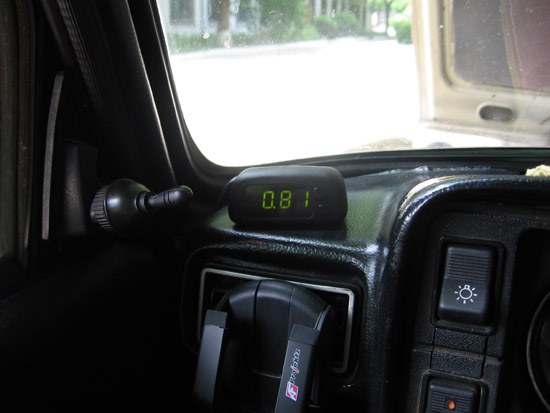In relation to the vehicle's idle speed, or idle speed will be referred to as running the engine with the clutch depressed or in neutral, when engine torque is not transmitted through the transmission to the propeller shaft, and from it, respectively, to the drive wheels. In both cases, the engine and wheels are disconnected.
Normally, the number of revolutions of idling in a stationary vehicle is stable and is 800-1000 rpm. If it is less, the engine will stall when the clutch is released, the increased rpm will result in excessive fuel consumption and accelerated wear of vehicle components.
Idle speed is regulated by several components and assemblies of the vehicle. First of all, the fuel supply system, consisting of an injector in modern cars or carburetor on older which are the units for mixing fuel with air, fuel pump, electronic or mechanical sensors, fuel pressure regulator and other components not directly influencing the number of revolutions of the crankshaft.
In addition, the number of turns is affected by the degree of opening of the throttle which regulates the flow of air into the engine, and valve operation at idle, which supplies air to bypass the throttle. In addition, to increase the revs, including idling, the accelerator pedal.
Unstable work of the engine idling can be caused by a number of factors. The first of these is contamination of components and assemblies fuel spent oils, soot, impurities in the gasoline and the air passing through the mesh filters these nodes, often in gas-liquid mixture is also water, which, as is known, internal combustion engines don't work. Also, the problem may be caused by problems with the ignition system, especially the angle bad (oxidized, loosely tightened), the contacts of high-voltage wires and other factors.
